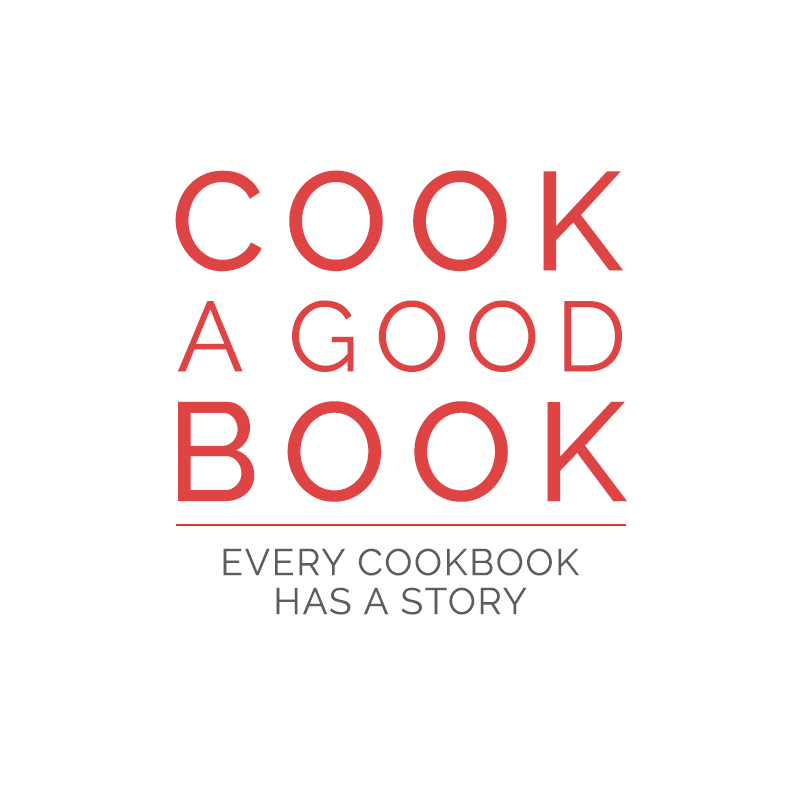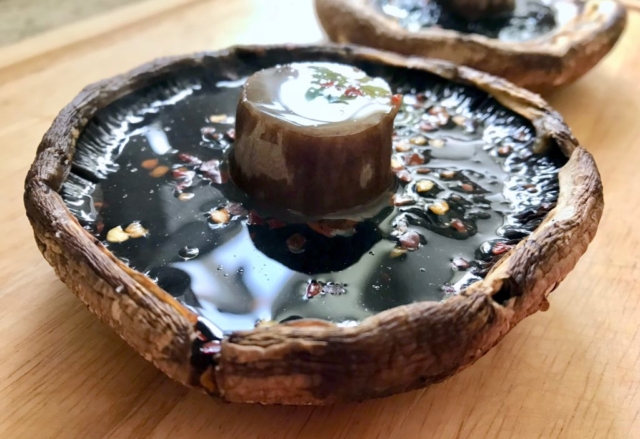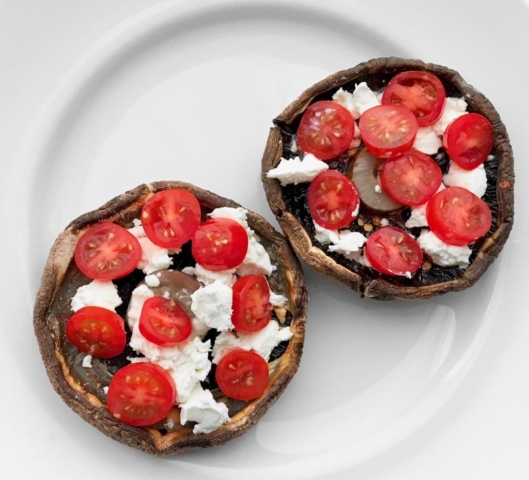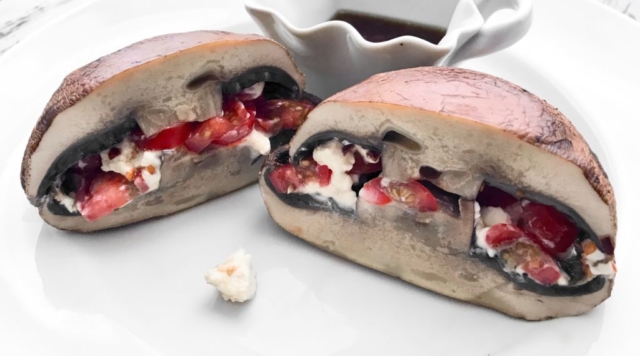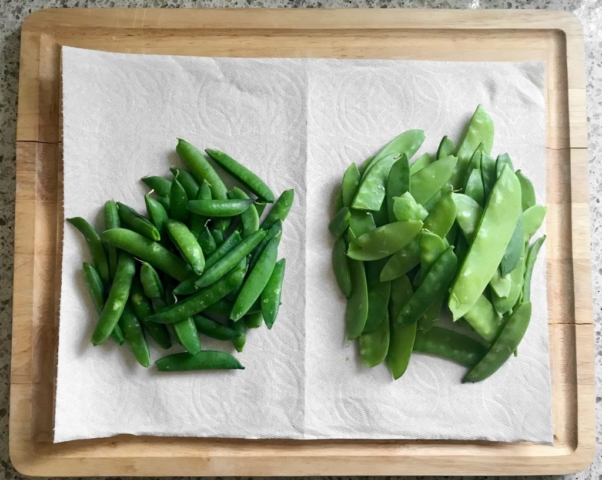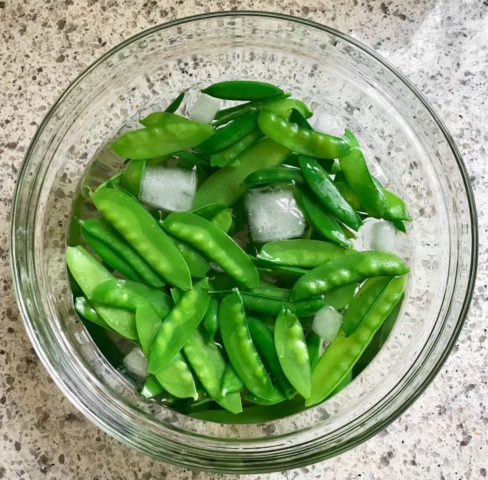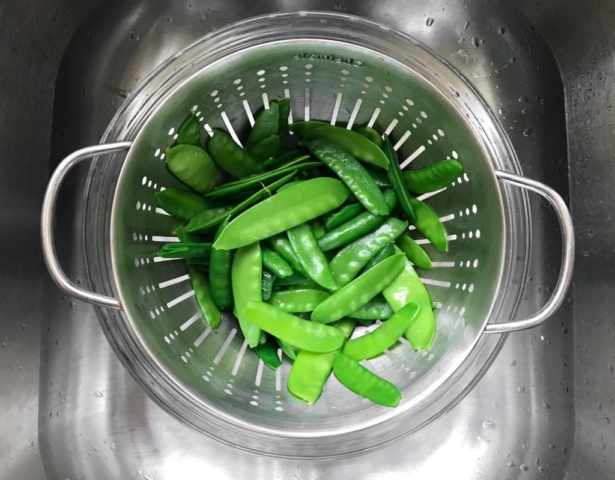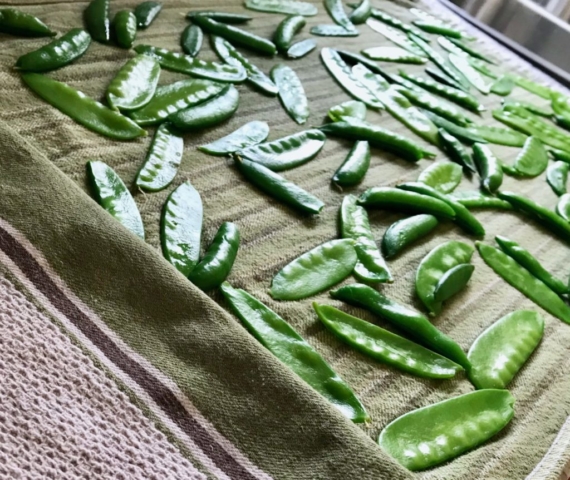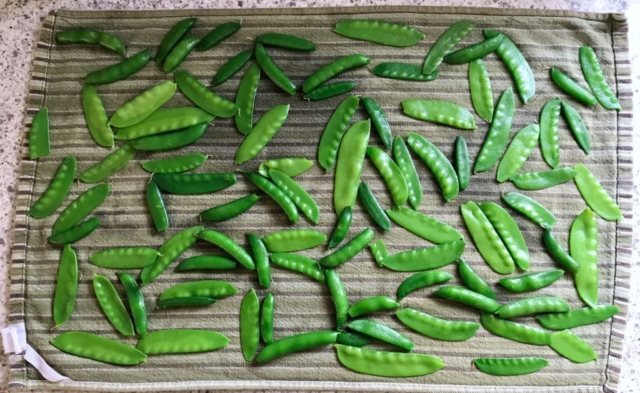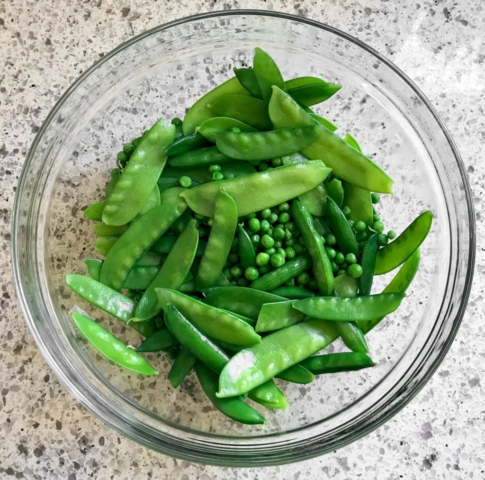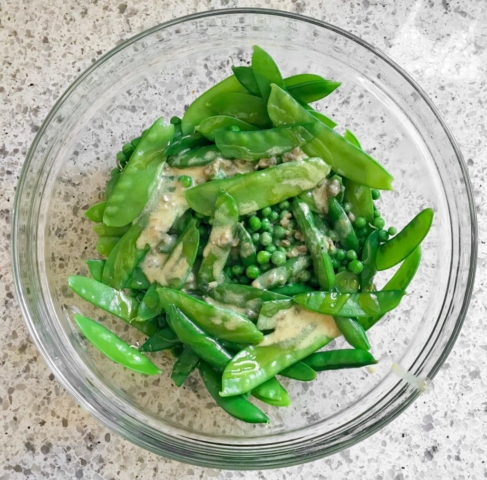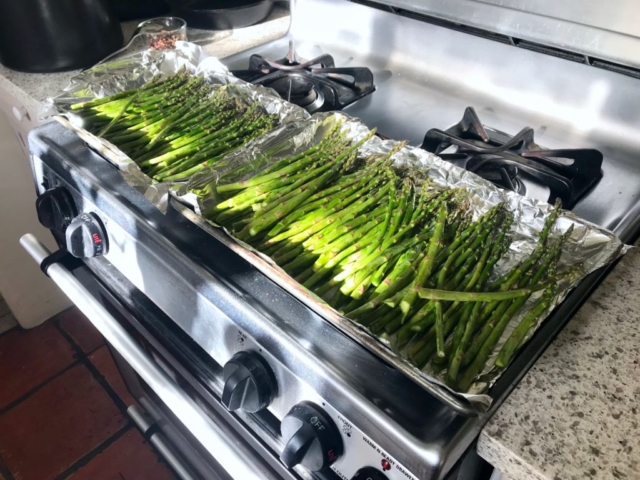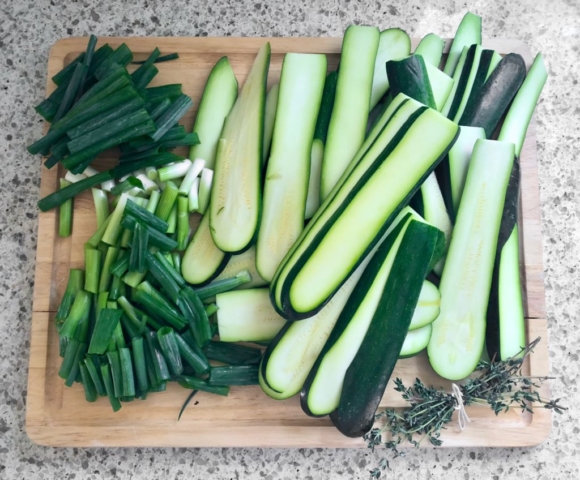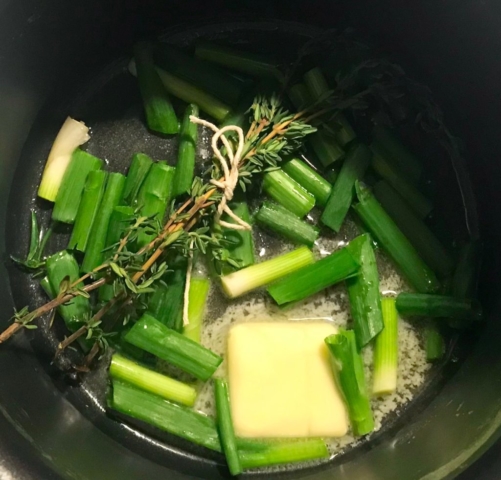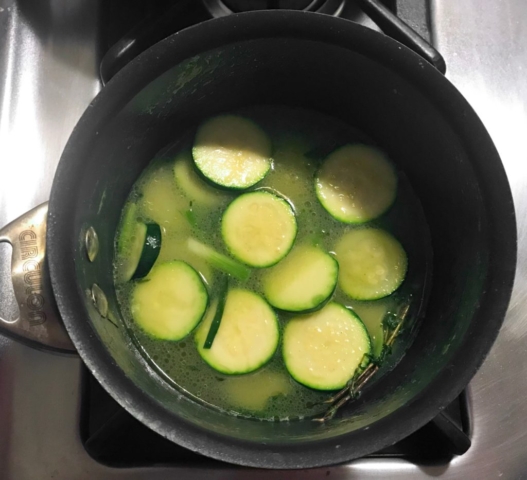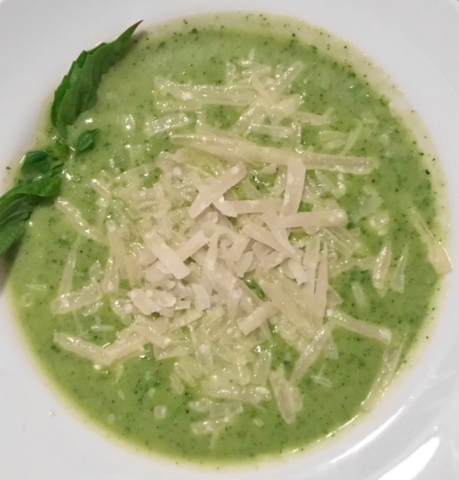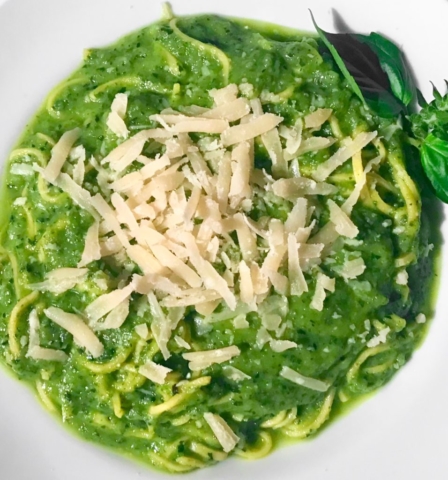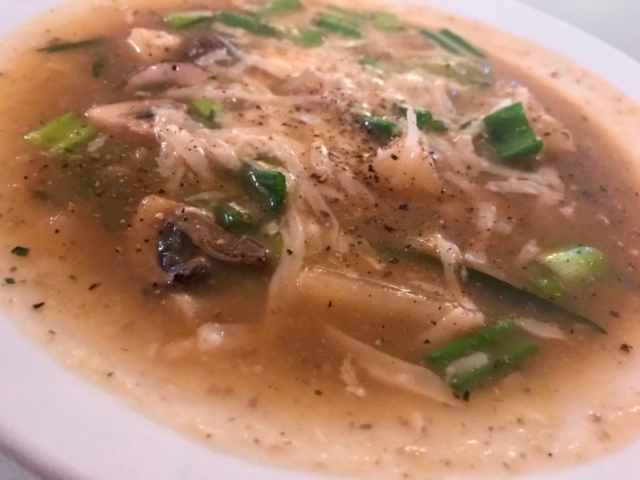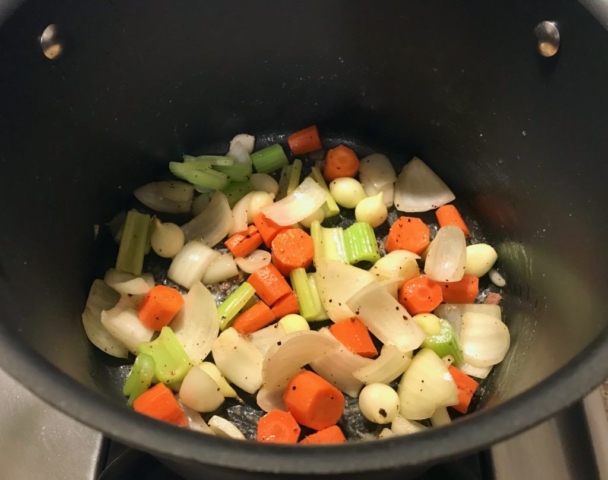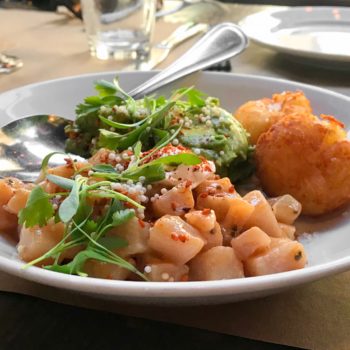
The Home Cook: recipes to know by heart
Alex Guarnaschelli
Photographs by Johnny Miller
2017
Pre-ordered from Amazon with love
Recipes cooked: Zucchini and Parmigiano-Reggiano soup, 1984 portobello sandwich, all-day low-maintenance chicken broth with peppered carrots, warm candied corn salad, fresh and frozen pea salad, asparagus soup with toasted walnuts, quickie “white” minestrone (with modifications)
Recipes I want to cook: Raw white mushroom salad, shrimp bisque, lobster rolls, midnight Bolognese with rigatoni, my dad’s lemon chicken, chicken marbella 2.0, crisped basmati rice with Sichuan pepper, egg salad with capers and dill with homemade BBQ chips
Difficulty to make: Medium
Difficulty to source: Easy
The “1984 portobello sandwich”
In her introduction to The Home Cook, Alex Guarnaschelli says she aspired to write “a cookbook to fit on that special shelf,” like her mother’s, in the company of books they “called by their authors’ names,” like Julie Child, James Beard, and Marcella Hazan, “a book that might stop you from flipping through five others to find the recipe you want, a book with reliable recipes for every need and craving” (page 6). She did it.
The Home Cook is one of my most rewarding cookbooks to cook and also to read, and I encourage home cooks to do both. Guarnaschelli, a brilliant New York City chef, an intrepid Iron Chef, a beloved “Chopped” judge, a proud daughter, and a loving mother, comes across beautifully. Guarnaschelli freely shares that her mother was a cookbook editor, but in her only upfront acknowledgment, she thanks her parents for their home cooking, not their help. “That glorious celebration of culture through food definitely made me become a chef and pen this book.” If you’ve seen Guarnaschelli on TV often enough, after the first chapter or two, you’ll be able to hear her attractively deep New York accented voice, see her kind eyes, and feel her restrained enthusiasm as you read.
Guarnaschelli’s almost 300 recipes are organized into 22 chapters. There are two salad chapters, “salads for every season,” the vegetarian salads, and “salads for dinner,” with meat and fish. There are separate chapters for root vegetables, the onion family, and “supermarket mushrooms made sexy.” You’ll find “new chicken classics,” “one-pot and slow-cooked meals,” and “grain and bean side dishes.” I cannot tell the difference between the chapters “soups to start” and “soups for dinner,” as there are heavy cream based soups and light vegetable based soups in both, but does it really matter? And anyone judging the book by its cover, a gorgeous shot of her pasta puttanesca, should know there are only eleven recipes in the chapter “Italian American pastas and classics.” I’d like to think she hopes you already have Marcella Hazan on your special shelf. (And I do!)
Fresh and frozen pea salad
Every recipe opens with a short paragraph introduction from Guarnaschelli, and you’ll learn a lot from reading these. There are instructions for technique, recipe origin stories, even confessions to the occasional “secret love affair” with certain ingredients, like coconut milk. My personal favorites are her anecdotes about her parents and grandparents, whose recipes she sometimes adapts, like her paternal grandmother’s lasagna, which calls for homemade meatballs to be dispersed throughout (page 90; if you read the whole cookbook, you’ll find three very enticing meatball recipes, only one in a recipe simply for meatballs). Guarnaschelli is a nostalgic writer but not overly sentimental. Opening “My Dad’s lemon chicken” (page 110), she writes:
While my mother dabbled in French pâtés, Indian food, and American cakes of all kinds, my father found his true passion in Chinese food. He still has a special kitchen cabinet filled with various soy sauces, vinegars, and spices. When he cooks, every inch of the kitchen is covered in small bowls with all the prep. This dish remains, by far, my favorite—and requires the fewest bowls.
His Chinese recipes and influences appear throughout her book. By the end, you’ll want to sit down for tea with the two of them.
Every recipe also makes a different number of portions, serving two, four, six, eight, or combinations thereof—but not all. This doesn’t necessarily mean multiplying recipes for a group or dividing for one or two of you, it just means reading the recipe to determine whether you really need to. Her egg salad with capers and dill with homemade BBQ chips (page 232) calls for eight eggs, a quarter cup each of mayonnaise and olive oil, and a pound of potatoes for frying, which is like two medium russet potatoes, and serves two. That’s going to be filling, with the dressing alone coming in at around 400 calories per person, not that that would stop me.
On the other end, I halved the “soup for dinner” recipe for zucchini and Parmigiano-Reggiano soup (page 71) as it served “6 to 8,” and I regretted it. There’s a little fat from butter, olive oil, and cheese, but it’s only vegetables and herbs besides, so we were still hungry after. Having learned, I made the full recipe for “quickie” white minestrone (page 52) from the appetizer soup chapter, as it’s similarly only vegetables, vegetable broth, a little olive oil, and Parmigiano-Reggiano cheese, so the “6 to 8” portion was perfect for two of us on a typical weeknight. Both, by the way, turned out brilliantly. They’re recipes I’ll go back to that special shelf for.
I try to be thorough in these reviews, but it would be a daunting task to count the number of techniques that were new to me in The Home Cook. Guarnaschelli toasts her lobster roll buns on the outside so the buttery flavor and crisp texture hit your mouth first (page 33). For her pure corn soup (page 47), she takes after her grandmother by adding cornmeal to thicken it and to intensify the corn flavor, and ends the recipe with the instruction to “stir in the vinegar to wake up the flavor, and taste for seasoning. Serve hot.” She then offers a variation with miso and black pepper. It pays off to read the entire cookbook, too, as many tips hidden within the steps can apply to other recipes, as with her spicy weeknight marinara sauce with bucatini (page 83). In parentheses in the last step, she writes, “(Tossing the pasta directly with the cheese before adding the sauce gives the pasta a richness and saltiness.)” Have you ever worried that your meatballs or meatloafs will come out unevenly seasoned because you’ve poured everything over the top of the meat and you’re trying not to overwork the mixture? It doesn’t have to. Did you ever think of treating tomatoes with confectioners’ sugar? Try it.
More soups and salads from The Home Cook
Some ingredients are favored by Guarnaschelli. You’ll want honey, mayonnaise, mustard and mustard seeds, lemon, celery, small potatoes with the skins kept on, and her personal trinity of cayenne, ginger, and paprika (which I find fascinating). Many recipes require relatively few ingredients and little effort, and are far greater than the sum of their parts.
That said, though, I wouldn’t say this is necessarily a cookbook for a novice. Even I wouldn’t have minded a picture or illustration to accompany the techniques for her “spatchcocked!” roasted chicken (page 112), “after the beach belly-warming summer vegetable stew” (page 143), and“warm leeks ‘Niçoise’” (page 174). Most recipes don’t indicate what components can be made in advance, most recipes don’t offer substitutions, and most recipes instruct you to serve right away. It’s good to know what you’re doing, because of course you can prep early, substitute, and save for later if you’re savvy. The refrigerated leftovers of my fresh and frozen pea salad (page 209) were predictably delicious, with more deeply developed flavors, but the acidic lemon juice in the dressing tarnished the once emerald pea pods. Good for my husband and me, not good had we had company.
Things never get really complicated—the instructions, indications of doneness, and cooking times are impeccable. But sometimes I feel like I know something an inexperienced home cook wouldn’t, like how, when instructed to cut corn off a cob, it helps to prop the cob at a low angle so the kernels fall on your cutting board or, better yet, a kitchen towel over a cutting board, instead of flying around your entire kitchen; or that a “thin” slice of a vegetable can be whatever “thin” means to you but might mean adjusting a cooking time; or that the tiny pearl onions you need could be purchased from the produce section at great expense with their nearly impossible-to-peel skins intact, or (inexplicably) from the freezer aisle, already peeled (tidily!) for a quarter of the price. I hope this doesn’t stop an ambitious newcomer from trying, though.
The photography is beautiful, the design is logical, the binding is pretty sturdy, though it’s starting to tear on the lower back corner after traveling with me and providing many wonderful dinners in only a couple of months. I think the best cookbooks have a lot of love to give from within, and get a lot of love in return. To my copy of The Home Cook, I promise you many happy years of greasy fingerprints and flour dustings and painters tape repairs.
